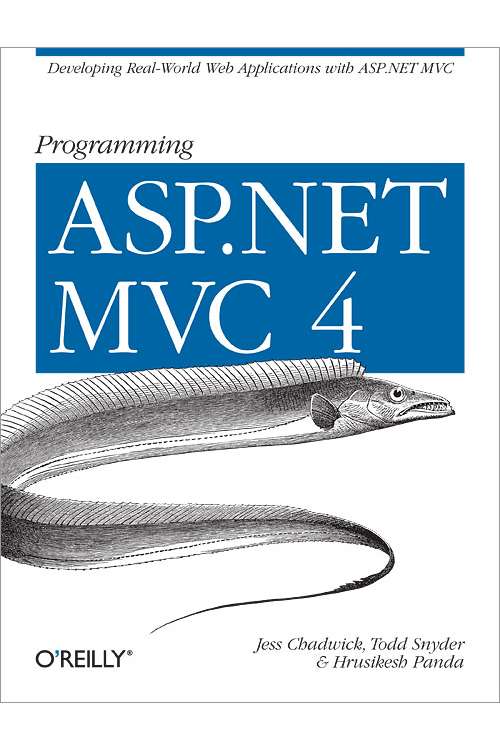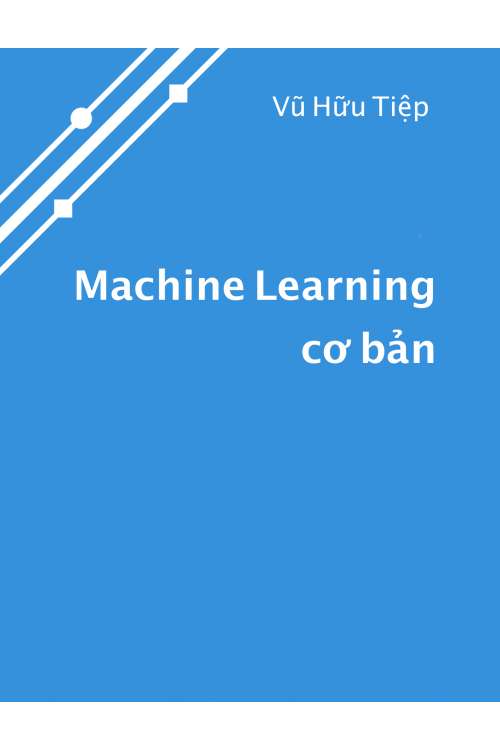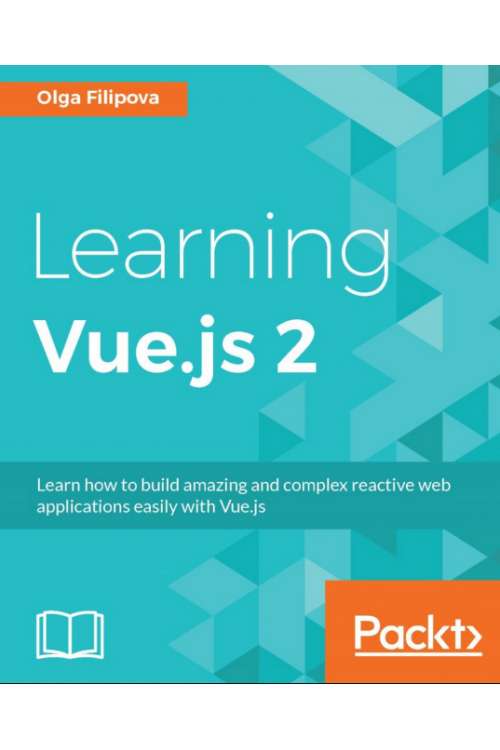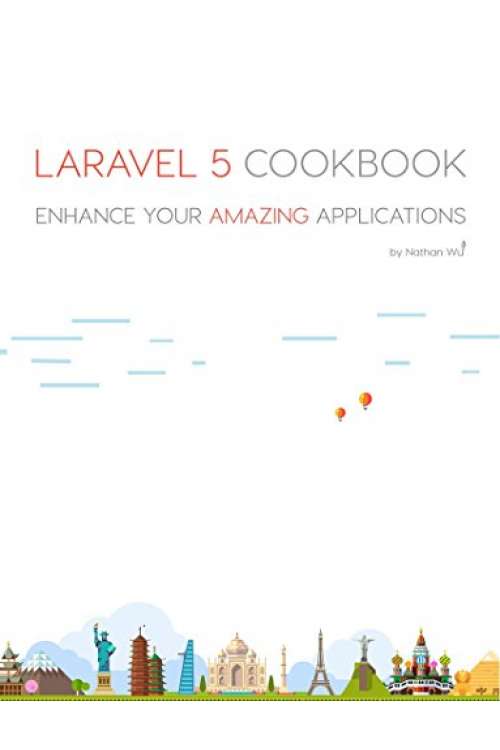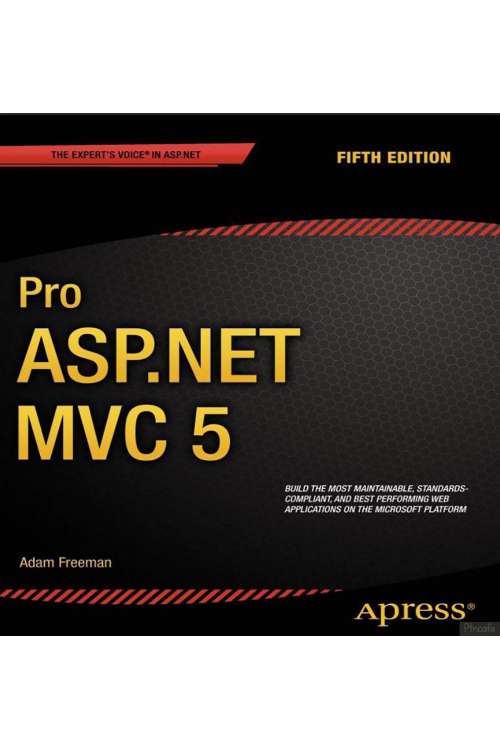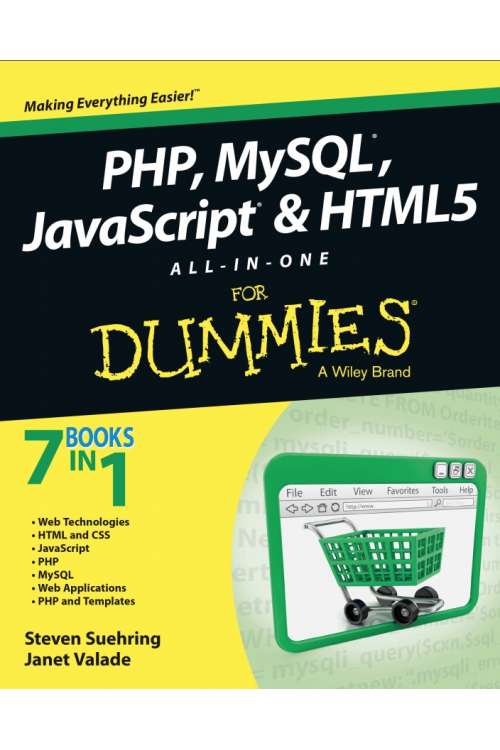Ebook Programming ASP.NET MVC 4
- Mã sản phẩm:
- Tình trạng: Còn hàng
| Thông Tin | |
| Tác giả | Jess Chadwick - Todd Snyder - Hrusikesh Panda |
» Hãy mua sách tại các trang thương mại điện tử uy tín
Get up and running with ASP.NET MVC 4, and learn how to build modern server-side web applications. This guide helps you understand how the framework performs, and shows you how to use various features to solve many real-world development scenarios you’re likely to face. In the process, you’ll learn how to work with HTML, JavaScript, the Entity Framework, and other web technologies.
You’ll start by learning core concepts such as the Model-View-Controller architectural pattern, and then work your way toward advanced topics. The authors demonstrate ASP.NET MVC 4 best practices and techniques by building a sample online auction site ("EBuy") throughout the book.
Learn the similarities between ASP.NET MVC 4 and Web Forms
Use Entity Framework to create and maintain an application database
Create rich web applications, using jQuery for client-side development
Incorporate AJAX techniques into your web applications
Learn how to create and expose ASP.NET Web API services
Deliver a rich and consistent experience for mobile devices
Apply techniques for error handling, automated testing, and build automation
Use various options to deploy your ASP.NET MVC 4 application
Table of Contents
Up and Running
Chapter 1 Fundamentals of ASP.NET MVC
Microsoft’s Web Development Platforms
The Model-View-Controller Architecture
What’s New in ASP.NET MVC 4?
Introduction to EBuy
Installing ASP.NET MVC
Creating an ASP.NET MVC Application
Routing
Controllers
Views
Models
Putting It All Together
Authentication
Summary
Chapter 2 ASP.NET MVC for Web Forms Developers
It’s All Just ASP.NET
More Differences than Similarities
Authoring ASP.NET MVC Views Using Web Forms Syntax
Summary
Chapter 3 Working with Data
Building a Form
Handling Form Posts
Saving Data to a Database
Validating Data
Summary
Chapter 4 Client-Side Development
Working with JavaScript
Selectors
Responding to Events
DOM Manipulation
AJAX
Client-Side Validation
Summary
Going to the Next Level
Chapter 5 Web Application Architecture
The Model-View-Controller Pattern
Architecting a Web Application
Design Principles
Don’t Repeat Yourself
Summary
Chapter 6 Enhancing Your Site with AJAX
Partial Rendering
JavaScript Rendering
Reusing Logic Across AJAX and Non-AJAX Requests
Sending Data to the Server
Cross-Domain AJAX
Summary
Chapter 7 The ASP.NET Web API
Building a Data Service
Paging and Querying Data
Exception Handling
Media Formatters
Summary
Chapter 8 Advanced Data
Data Access Patterns
Entity Framework Overview
Building a Data Access Layer
Sorting, Filtering, and Paging Data
Summary
Chapter 9 Security
Building Secure Web Applications
Securing an Application
Guarding Against Attacks
Summary
Chapter 10 Mobile Web Development
ASP.NET MVC 4 Mobile Features
Making Your Application Mobile Friendly
Improving Mobile Experience
Adaptive Rendering
Creating a New Mobile Application from Scratch
Summary
Going Above and Beyond
Chapter 11 Parallel, Asynchronous, and Real-Time Data Operations
Asynchronous Controllers
Real-Time Asynchronous Communication
Summary
Chapter 12 Caching
Types of Caching
Server-Side Caching Techniques
Client-Side Caching Techniques
Summary
Chapter 13 Client-Side Optimization Techniques
Anatomy of a Page
Best Practices
Measuring Client-Side Performance
Putting ASP.NET MVC to Work
Summary
Chapter 14 Advanced Routing
Wayfinding
URLs and SEO
Building Routes
Route Constraints
Attribute-Based Routing
Extending Routing
Summary
Chapter 15 Reusable UI Components
What ASP.NET MVC Offers out of the Box
Taking It a Step Further
Unit Testing Razor Views
Summary
Quality Control
Chapter 16 Logging
Error Handling in ASP.NET MVC
Logging and Tracing
Summary
Chapter 17 Automated Testing
The Semantics of Testing
Levels of Automated Testing
What Is an Automated Test Project?
Testing an ASP.NET MVC Application
Code Coverage
Developing Testable Code
Summary
Chapter 18 Build Automation
Creating Build Scripts
Automating the Build
Continuous Integration
Summary
Going Live
Chapter 19 Deployment
What Needs to Be Deployed
Deploying to Internet Information Server
Deploying to Windows Azure
Summary
Appendixes
Appendix ASP.NET MVC and Web Forms Integration
Choosing Between ASP.NET MVC and ASP.NET Web Forms
Transitioning a Web Forms Site to ASP.NET MVC
Integrating Web Forms and ASP.NET MVC Functionality
Summary
Appendix Leveraging NuGet as a Platform
Installing the NuGet Command-Line Tool
Creating NuGet Packages
The Anatomy of a NuGet Package
Types of NuGet Packages
Tool Packages
Sharing Your NuGet Packages
Tips, Tricks, and Pitfalls
Summary
Appendix Best Practices
Use the NuGet Package Manager to Manage Dependencies
Depend on Abstractions
Avoid the New Keyword
Avoid Referring to HttpContext Directly (Use HttpContextBase)
Avoid “Magic Strings”
Prefer Models over ViewData
Do Not Write HTML in “Backend” Code
Do Not Perform Business Logic in Views
Consolidate Commonly Used View Snippets with Helper Methods
Prefer Presentation Models over Direct Usage of Business Objects
Encapsulate if Statements with HTML Helpers in Views
Prefer Explicit View Names
Prefer Parameter Objects over Long Lists of Parameters
Encapsulate Shared/Common Functionality, Logic, and Data with Action Filters or Child Actions (Html.RenderAction)
Prefer Grouping Actions into Controllers Based on How They Relate to Business Concepts
Avoid Grouping Actions into Controllers Based on Technical Relation
Prefer Placing Action Filters at the Highest Appropriate Level
Prefer Multiple Views (and/or Partial Views) over Complex If-Then-Else Logic That Shows and Hides Sections
Prefer the Post-Redirect-Get Pattern When Posting Form Data
Prefer Startup Tasks over Logic Placed in Application_Start (Global.asax)
Prefer Authorize Attribute over Imperative Security Checks
Prefer Using the Route Attribute over More Generic Global Routes
Consider Using an Antiforgery Token to Avoid CSRF Attacks
Consider Using the AcceptVerbs Attribute to Restrict How Actions May Be Called
Consider Output Caching
Consider Removing Unused View Engines
Consider Custom ActionResults for Unique Scenarios
Consider Asynchronous Controllers for Controller Tasks That Can Happen in Parallel
Appendix Cross-Reference: Targeted Topics, Features, and Scenarios
Index
Colophon

